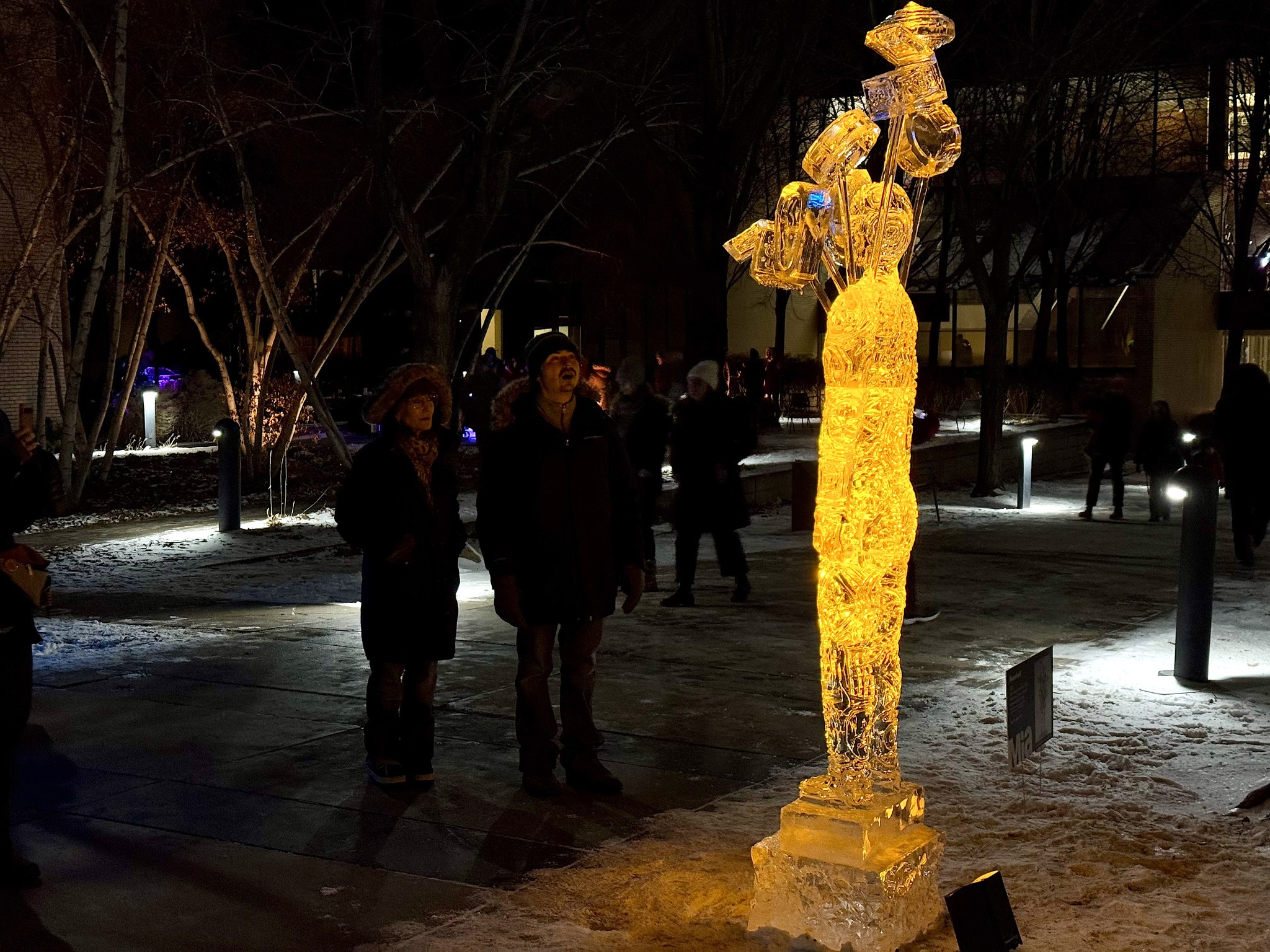Welcome back to The Flyover, your daily digest of what local media outlets and Twitter-ers are gabbing about.
SolidaREIty Forever
Early last year, workers at a New York City REI set off a union wave that has since spread to nine of the outdoor retailer's 181 stores. The latest unionizing location is located right here in Maple Grove, where on Wednesday workers filed for a union election with the backing of United Food and Commercial Workers (UFCW) Local 663. “My coworkers and I have done this because we all deserve a voice, to be listened to and respected,” Maple Grove REI worker Madisen Drinen said in a statement. “We need a living wage, one that increases with inflation.” At the risk of revealing any pro-labor Racket biases, look at this adorable collection of comrades:
Live from MN: We are REI Union Maple Grove!
— REI Union Maple Grove (@REIUnionMG) May 11, 2023
Today, the vast majority of us submitted cards to ask our co-op to voluntarily recognize our union and begin negotiating a union contract.
We also filed with the NLRB for a union election today — and the joy is real at our store 💚 pic.twitter.com/jjdWnbM39W
Wages, hours, staffing, and "a seat at the table" for determining working conditions are among the chief grievances, according to the aspirational union. Our pals at Bring Me the News collected a say-nothing statement from REI brass, which seems to suggest voluntary recognition is off the table. If so, the next step would be an election overseen by the NLRB; a simple majority vote among workers would unionize the shop, thus making it the first union REI in Minnesota. Click here to revisit our recent feature on what happens when seemingly progressive companies encounter unionizing workforces.
Land Back
In the Star Tribune today, Greg Stanley reports that the Minnesota legislature is considering a bill to close the 1,300-acre Upper Sioux Agency State Park—"a notorious site of the U.S.-Dakota War of 1862"—and return it to the Dakota tribe. In the 1800s, Stanley writes, the land was the site of the Upper Sioux Agency, which was supposed to pay the Dakota the money, food, and supplies owed to them under government treaties. That rarely happened, leading the Dakota to attack; the war ended in the Dakota surrendering, and the government hanged 38 Dakota men, still the largest mass execution in U.S. history. The state park was created in the 1960s. "Our women, our old people and our children starved to death at the Upper Sioux Agency," Kevin Jensvold, chairman of the Upper Sioux Community, told lawmakers earlier this year. "Starvation is not an overnight process. I don't think it's righteous and just that there are picnic tables there."
Could Cultural Identity Be Key to Better Mental Health?
A 2022 Minnesota student survey on mental health found that about 1 in 3 students are suffering from long-term mental health issues, especially anxiety and depression. That’s hardly surprising news, giving all the bullshit we’ve been through the past few years. But how do we address these issues, especially in communities of color, which are often disproportionately affected? This MPR article by Elizabeth Shockman suggests that helping kids and teens connect to their cultural heritage may be an important component to better health. According to the counselors profiled in the piece, that comes down to involving families members who might see mental health struggles as a stigma, taking kids out into their community via field trips to Mercado Central or Karmel Mall, and educating them on the unique struggles and successes their people have faced. “The idea is for the kids to understand, for the families to understand that you can heal through cultural knowledge; that culture does heal,” says Benita Amedee at the Wilder Foundations School.
Newspapers.com is Freeeeee This Weekend
Looking for an old-school deep-dive this weekend? Newspapers.com is having another one of its free-access weekends, welcoming guests to search through hundreds of years of newspapers, journals, and magazines. Their promotional material suggests you look up your mom for Mother’s Day, but it could be even more fun to take the chance to cyberstalk relatives from the 1800s-1900s instead. The earliest Minnesota papers here start in the 1850s; oddities include The Prison Mirror (read pieces from the incarcerated in the 1800s), The Saint Paul Weekly Minnesotian (uh, that does not have certain a ring to it), and The Tomahawk, an Indigenous news journal from the early 1900s (very cool!). Pro tip: Search your address to learn neat and/or disturbing facts about your home's past inhabitants; back in the day, the journalistic standard was to print everyone's address along with their quotes.







